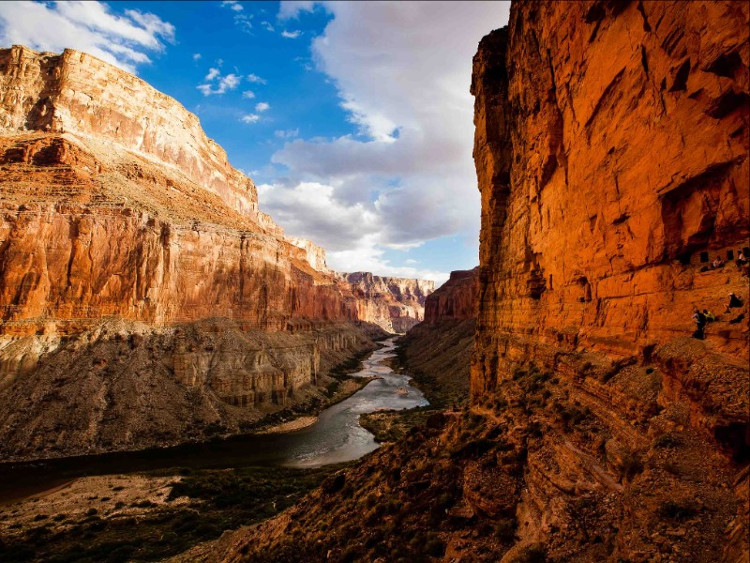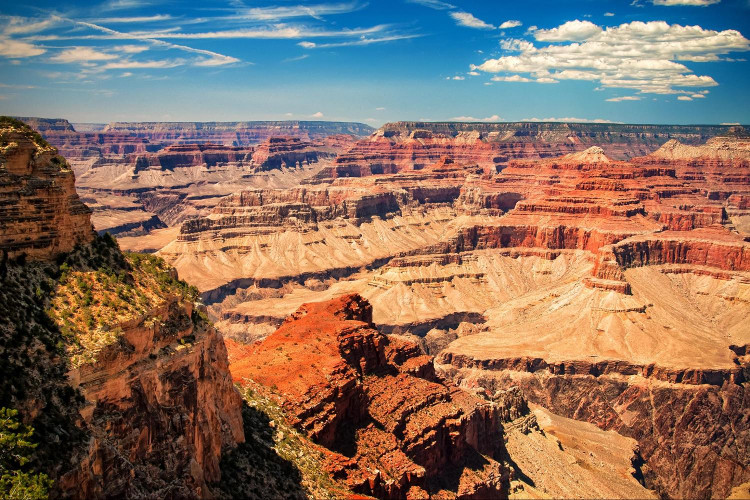Secret 1.2 billion years under the Grand Canyon
The mystery lies beneath the wonders of America's Grand Canyon, which has been a subject of interest in geology for several centuries.
The "great complex" is a rock class that demonstrates geological change in 1.2 billion years. Scientists are anxious to know where this 3m thick rock layer has gone, as it will help complete the geological record at times when there is no documentation.

Spectacular view in the Grand Canyon.
To understand the mystery of this 2 billion years, there must be some basic knowledge of geography. With mountainous terrain, mud and mud will be brought down to the lowlands with oceans, rivers and lakes, deposited into sediments.
We can learn about the climate cycle, biochemical and extinction problems or a multitude of complex problems related to that sediment.
However, what if the sediment array disappears? How to identify the geological history in that area? This is what happened in the Grand Canyon. The lost rock layer is called the "great complex" , including sediment between two layers of rocks of different ages.
What is the cause of this stone disappear? During the Rodinia rift, the earth's crust split up and created the watersheds of the southwestern United States, simultaneously revealing ancient sediments and causing the "great complex" to disappear, carrying the secrets of billions of years of history.

The lost rock layer is called the "great complex".
To imagine a whole period of such history is extremely difficult, which is why geologists are so excited when they finally find an array of this soil and stone complex 120 years ago. .
- The sea of fog covered the Grand Canyon
- Video: Famous phenomenon of overflowing ravines in America
- Find a large valley with the Grand Canyon
- Grand Canyon National Park - United States of America
- The Grand Canyon has the same life expectancy as dinosaurs
- The 10 most interesting mysteries of lost civilizations (Part 2)
- Conflict over the real life of the Grand Canyon
- Discover the world's longest freezing gorge
- The greatest canyon in the world hiding under the ice in Antarctica?
- Taiwan gorge suddenly appeared, disappearing fast record
- Discover strange creatures footprints 310 million years ago
- 'Jet people' fly over giant canyons
 Is the magnetic North Pole shift dangerous to humanity?
Is the magnetic North Pole shift dangerous to humanity? Washington legalizes the recycling of human bodies into fertilizer
Washington legalizes the recycling of human bodies into fertilizer Lightning stone - the mysterious guest
Lightning stone - the mysterious guest Stunned by the mysterious sunset, strange appearance
Stunned by the mysterious sunset, strange appearance